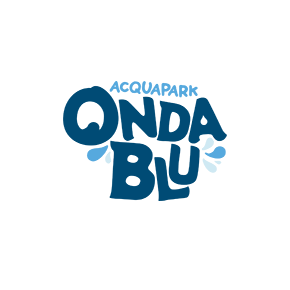The visit continues moving to the mainland on the first floor with a space of about 120 square meters - available from spring 2016, dedicated to insects, amphibians and reptiles. Change the setting and change the colors. The blue of the abysses on the ground floor in fact gives way to the green of the forests, where these animals live.
The sets and captions complete the immersion and involvement in the visit itinerary, providing some useful information to convey some knowledge to the visitor and raise awareness on environmental issues.
This fascinating area is dedicated to three groups of different animals such as insects, amphibians and reptiles, which it will be possible to admire in their fascinating different shapes and colors inside terrariums that reproduce their habitat. Among the various animals, it will be possible to see the "invisible" stick insects, the giant African snail, the colorful arrow frogs as well as the fascinating and mimetic chameleon, a splendid specimen of iguana and some spider tortoises.
Since 2018, a new exhibit has been set up on the first floor of the structure, in the area dedicated to insects, amphibians and reptiles: a veritable anthill of leaf-cutter ants.
A truly original and interesting exhibit, made up of two main cases – the “nest case” and the “storage case” – connected by transparent acrylic pipes that cross the entire room and inside which the leaf-cutter ants move (Atta mexicana) always intent on transporting the leaves that they cut themselves. The main display case – located at the entrance to the reptile house – acts as a “nest case” where the ant colony lives and carries out most of its activities.
The display case has an area of about 5 square meters for a volume of about 340 liters, mostly occupied by soil in which the ants themselves build the different spaces. From the two sides of the "nest case" there are two transparent acrylic pipes that run the entire path of the reptile house in both directions and within which the ants move. At the back of the room, the "food storage case": here, the ants take the vegetation which they use as fertilizer and nourishment for the fungus (which they eat).
In fact, these ants have learned to cultivate this mushroom by handing it down from queen mother to queen daughter as if it were a dowry, for the well-being of future colonies. In fact, the collected leaves are chewed by the workers obtaining a soft compost which is used to build spongy structures which will transform into the culture substrates of these mushrooms.
The anthill becomes the starting point for the creation of didactic and educational activities that address the themes of the division of labor and social organization, the exploitation and management of resources, communication and the evolution of social communication and the significant social role that these insects, apparently insignificant, have inside large ecosystems typical of tropical forests.


 it
it















